Since 2003, Turkey has appeared as a valuable asset for global powers to invest in and as a leading actor in a region long described as sluggish towards democratic transformations. However, with the advent of the Arab Spring, things changed and the role portrayed for Turkey by the United States has been declining, especially in light of the rise of another regional power: Iran.
The United States sought to endorse the Middle East Partnership Initiative, which became the Greater Middle East Initiative (GMEI) in 2003. America’s efforts did not stop at the GMEI, and it offered yet another project coined the “new Middle East”. The avowed goal of these initiatives was to encourage political, economic and social reforms in the region, based on a vision to improve America’s image in the Middle East, which had been greatly smeared and distorted as a result of the US invasion of Afghanistan and occupation of Iraq.
Seeking a new model that could be acceptable to Arabs and was far from the images and stereotypes of the old, traditional regimes thus became a must. This idea gained more momentum after the Justice and Development Party (AKP) came to power with Turkey’s parliamentary elections of 2002, and a new project for the democratization of the Middle East became a viable option.
The rise of the AKP was the answer. It shifted the compass in the direction of moderate Islam at a time when this concept in general and the Turkish model in particular, struck a deep chord with dissatisfied public averse to corrupt regimes. And it became a priority.
Turkey thus became a crucial element in these projects and was deemed a model for moderate Islam. The United States recognized its qualities and designated a leading role for the country for its geostrategic location, long-time record as a Western ally, extensive democratic experience and its emergence as a nation that successfully combined Islamic and Western values.
These principles comprised the core of what came to be known as the Turkish model. This model underlined the background of the ruling AKP, which originated in Islamist tradition but claimed to merge that tradition with modernism and liberal democracy.
The Turkish model then splashed across media and academic platforms. It became part of Arabs’ lively daily debates, and Arab thinkers and intellectuals encouraged their rulers to emulate it. Many aspects helped the model’s prominence rise and flourish within Arab societies.
In addition to US efforts to propagate Turkey’s status as a representative of moderate and democratic Islam, the Islamic background of its ruling elite, its economic success, balanced relations with the East and West, military might and NATO membership have all put the Turkish model on track.
However, revolts do not come knocking on the door. They sneak in, changing chartered paths and dealing blows to strategic plans. With the outbreak of Arab revolts, the stable environment (the Arab world) upon which Turkish decision-makers built their strategies changed and became uneven. At first, most observers thought the Arab Spring would be a historic opportunity for Turkey to further endorse its status in the region. Yet things changed and Turkey’s popularity has been declining with each passing year.
In subsequent polls since 2011, Middle Easterners have proved lukewarm towards Turkey’s role in the region. Year by year, this tepid reaction has increasingly transformed into aversion and suspicion. Even in official circles, Turkey’s relations with several Middle Eastern countries have been tainted with tension and, at times, hostility.
Meanwhile, whether one likes it or not, Iran has been moving slowly but steadily towards an extraordinary status and role in the Middle East. The country began emerging from decades of isolation after the nuclear deal helped its economy and propelled it back into the world.
It started formulating this role a long time ago, and the deal was just a stepping stone. Iran has been employing an ever-widening array of instruments to build strategic partnerships and alliances throughout the Muslim world and beyond. One of its most successful tools is soft power, which includes media, assistance and aid, and cultural ties. The country also used trade and investment to further penetrate the region. Iran Chord is a salient example: the state-owned company has emerged as the largest carmaker in the Middle East, exporting over one million vehicles in 2007.
Recently, Iran signed agreements with Afghanistan and Tajikistan to build railroad and power lines linking Iran and the Central Asian republics, as well as China and Russia. Furthermore, Iran is politically and militarily cooperating with Russia in Syria with the aim of securing Moscow’s support in numerous spheres. One of which is Iran’s attempt to join the Shanghai Cooperation Organization (SCO) as a full member. Iran was accepted as an observer state, yet full membership would secure further strategic support from Russia and China.
More so, Iran’s extended leverage in the region has always been demonstrated in a network of allies that has been expanding to include more members. The main logic behind this network lies in Iran’s soft power and its ability to export both revolutionary values and Shiite fraternal connections.
Iran was adept enough to promote itself as revolutionary hub and an address for all those who aim to fight foreign imperialism. The eventual result was the formation of the “resistance axis” to encounter the “moderation axis” which encompasses US allies in the region.
Iran was adept enough to promote itself as a revolutionary hub and a home for all those aiming to fight foreign imperialism. The eventual result was the formation of the ‘axis of resistance’ to counter the Arab ‘moderation axis’ that encompasses US allies in the region.
In addition, Iran’s connections with Shiite communities in Iraq, Bahrain, Yemen, Eastern Saudi Arabia and Lebanon demonstrate the success of its soft power. The number of Shiite visitors to Iran is proof of this success. According to 2013 figures, roughly four million tourists visited Iran: the majority was religious Shiite or medical tourists while some one million were regular tourists.
Iran further expanded its network beyond traditional state actors such as Syria and Iraq to include non-state actors and groups such as Hamas and Jihad in Palestine, Hezbollah in Lebanon and the Houthis in Yemen. Iran was pragmatic enough to also establish relationships with seemingly unlikely partners such as China, Russia, Turkey, India, Nicaragua, and Algeria; and to sign scores of agreements in the fields of hydrocarbons and energy, and trade and transport.
Inter alia, of the various elements that weakened the Turkish model was Iran’s mounting leverage in the Middle East and the Arab Spring, which delivered a blow to Turkey’s achievements as Iran was moving slowly but steadily towards a status it carefully charted. Then came the nuclear deal, which boosts Iran’s potential in the region and has intriguingly raised a third perspective: have Arabs surrendered their aspirations to play a role in their region? Although the Islamic coalition declared by Saudi Arabia seems promising, this idea has not been translated into practical steps, nor does a united Arab position seem in the offing. The diverse Arab positions on how to respond to Iran’s recent attacks on the embassy and consulate in Saudi Arabia are a case in point.
Fadi ELHUSSEINI
This article was first published by Eastwest magazine: http://www.eastonline.eu/en/eastwest-64/if-tehran-now-competes-with-ankara.


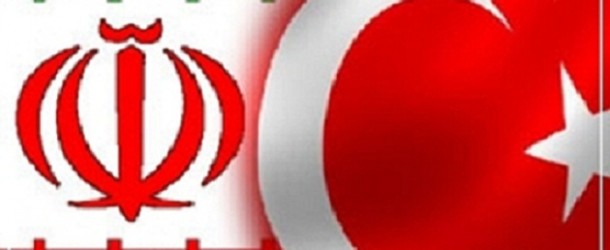





















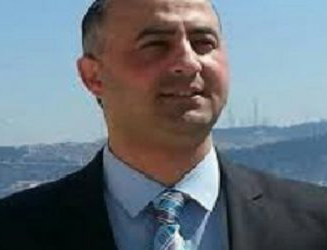


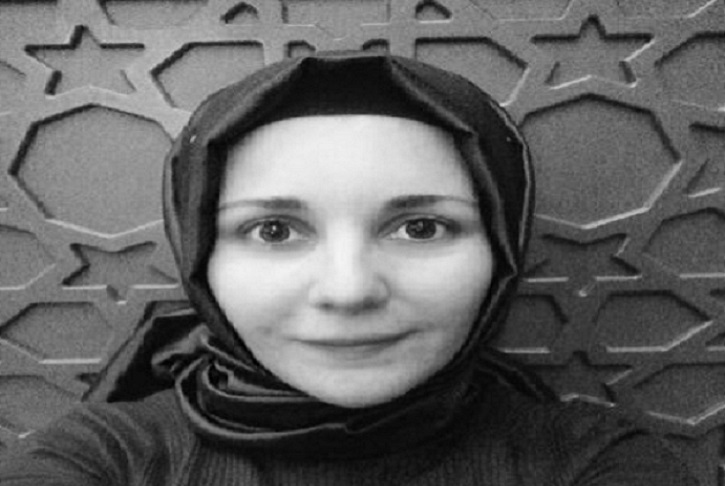
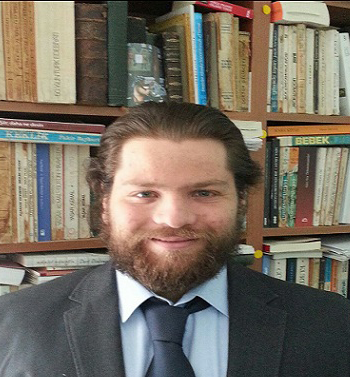




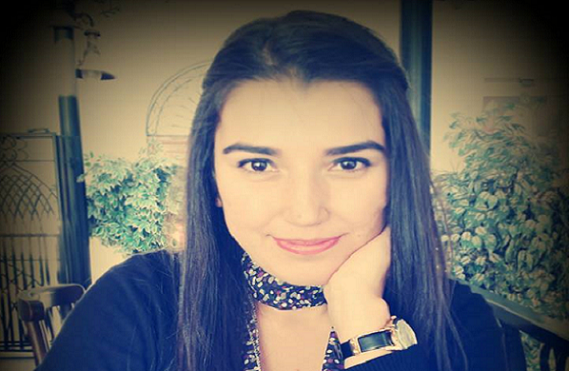











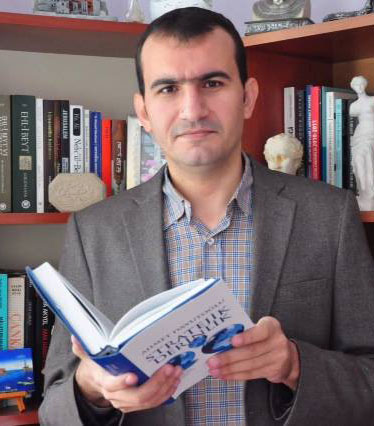


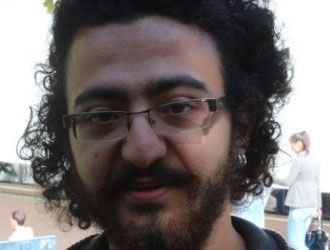

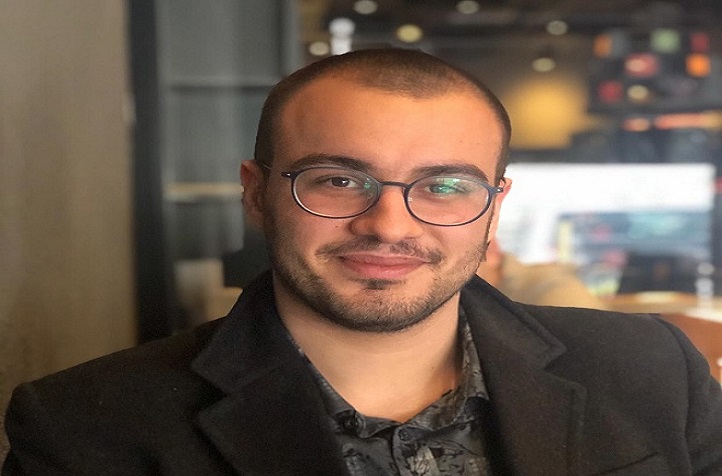






One Comment »